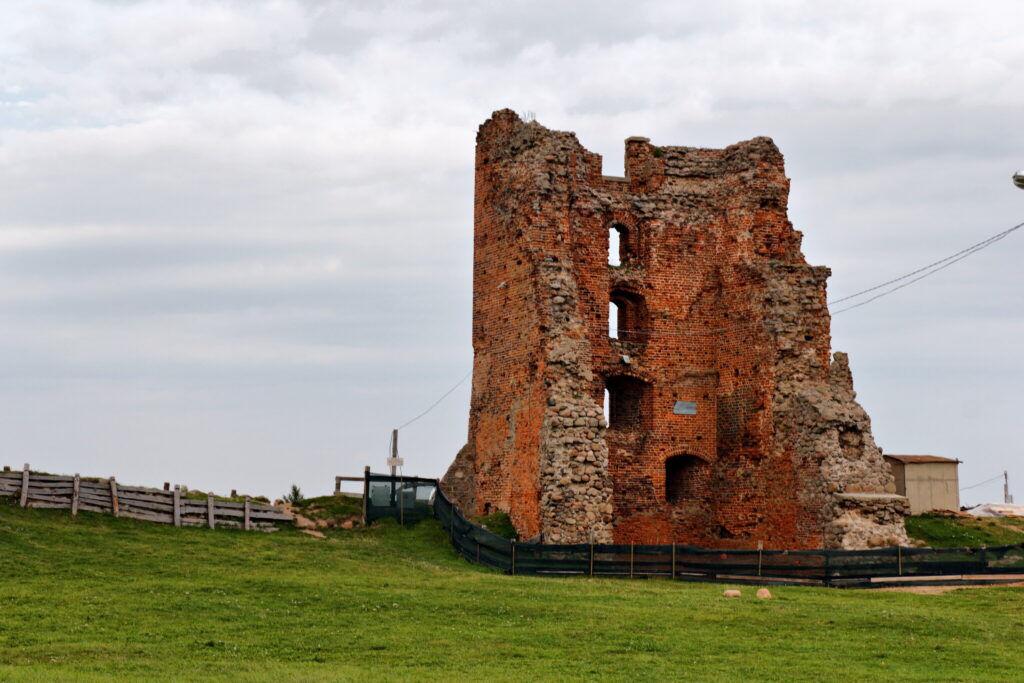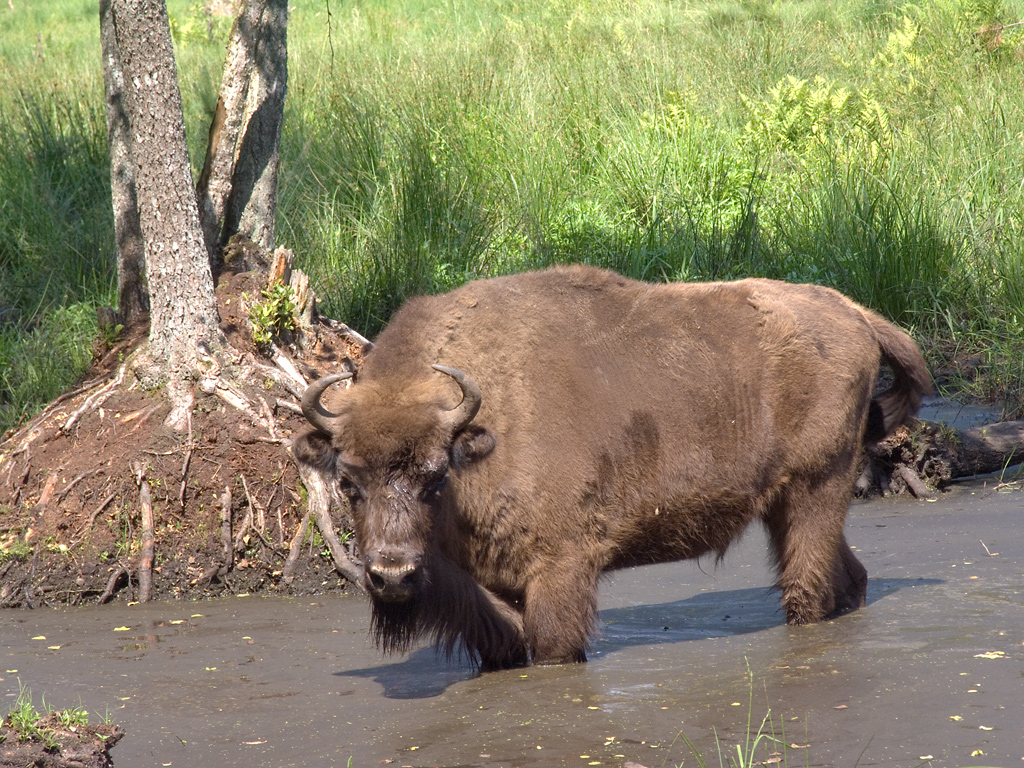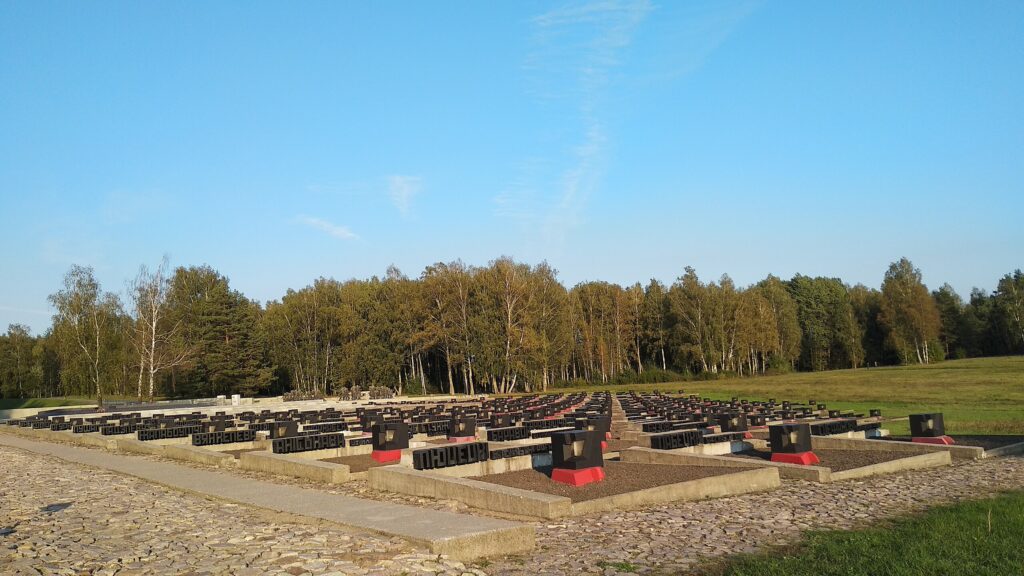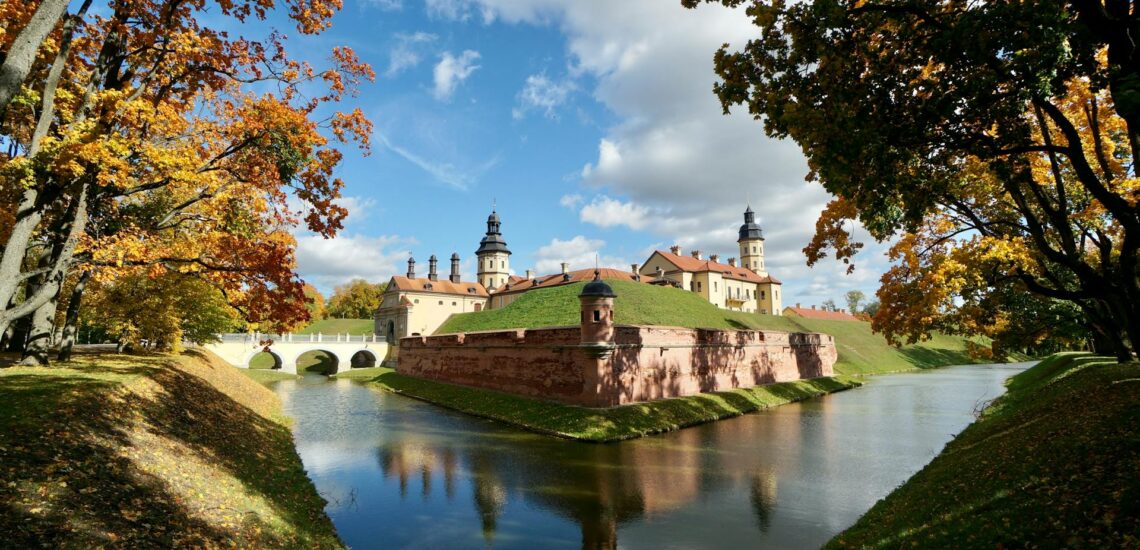10 Intersting Facts About Belarus
Quick facts about Belarus:
- Capital: Minsk
- Population: Over 9.4 million
- Official Language: Belarusian, Russian
- Independence Day: July 3
- National Symbol: The stork, symbolizing family and homeland
1 Fact: Belarus has had only one president since independence in 1990
Lukashenko was elected in 1994 and has held power firmly in his hands ever since. He is considered Europe’s last dictator, and his opponents are imprisoned or disappear. There is already a second generation growing up that has not seen a country without Lukashenko.
2 Fact: Belarus claimed the heritage of the Grand Duchy of Lithuania
Before the election of Lukashenko, who was more drawn to the Soviet legacy, Belarus had a coat of arms called “Pogonya” and a flag that was used in the first attempt to declare independence in 1918. Among the facts that suggest that the heritage of the Grand Duchy of Lithuania should at least be shared with modern Lithuania are:
- The first capital of the GDL was the city of Novogrudok, which is located in the Grodno region of Belarus.
- The original lands of the GDL were mostly in the territory of Belarus.
- The statutes of the GDL (we can say the first constitution in Europe) were issued in the Old Belarusian language.
- The Old Belarusian language was also the language of the chancellery of the GDL, all correspondence and records were kept in it.
- The majority of the population of the principality spoke the Old Belarusian language.
- Most of the lands of modern Lithuania (Samogitie) were included in the GDL after the victory in the Battle of Grunwald almost 2 centuries after the creation of the GDL.
 Alexxx Malev, (CC BY-SA 2.0)
Alexxx Malev, (CC BY-SA 2.0)3 Fact: There are many bogs in Belarus
More than 14% of the area of Belarus is occupied by bogs, including drained bogs. In the north of the country there are high bogs and in the south there are low bogs.
- Among the most visited bogs is the Yelnya bog. According to the latest research Yelnya is about 13 thousand years old. 7 species of amphibians, 5 species of reptiles, 117 species of birds, 31 species of mammals have been registered on the territory of the Yelnya reserve.
- The Dikoye bog is over 6,000 years old. The bog is home to 28 species of mammals, 99 species of birds, 4 species of reptiles and 5 species of amphibians.
- The Olman bogs are Europe’s largest complex of upland, transitional and lowland bogs. There are 192 species of terrestrial vertebrates, including 26 species of mammals, 3 of which are listed in the Red Book of Belarus, and 225 species of insects in the territory of the reserve
The bogs of Belarus are home to many hundreds of rare animals, birds and plants, which are disappearing in Europe but have a chance to survive under the protection of the state in the wild.
4 Fact: Belarus shares bison sanctuary in Europe with Poland
Belovezhskaya Pushcha is a UNESCO World Heritage Site. A huge buffer zone in the reserve is protected from the Belarusian side. There is a population of bison not only in Belovezhskaya Pushcha, but also in other reserves. Some bison also migrate across the country. These large animals were almost exterminated in Europe and have survived only in the territory of Belovezhskaya Pushcha. The bison population was saved by its protection and actions in time.
 I, Lite, CC BY-SA 3.0, via Wikimedia Commons
I, Lite, CC BY-SA 3.0, via Wikimedia Commons5 Fact: There are many lakes and rivers in Belarus
Belarus is adorned with an abundance of lakes and rivers, including:
- Lake Narach: The largest lake in Belarus, covering an area of over 79 square kilometers.
- Dnieper River: One of Europe’s major rivers, flowing through Belarus, providing crucial water resources.
- Braslav Lakes: A group of glacial lakes known for their scenic beauty and ecological significance.
- Viliya River: An important watercourse in Belarus, flowing through Lithuania and Belarus.
- Western Dvina River: A historical river traversing the western regions of Belarus.
- Berezina River: A renowned river that played a key role in historical events.
- Neman River: A significant waterway passing through the western regions of Belarus.
- Pripyat River: One of Europe’s largest swamps, covering an area of over 10,000 square kilometers.
Note: If you plan to visit the country, check if you need an International Driving License in Belarus to drive.
6 Fact: In World War II, up to one third of the population died in Belarus
During World War II, Belarus endured immense suffering, and it is estimated that up to one-third of the population perished as a result of the conflict. The country became a major battleground, experiencing widespread destruction, displacement, and loss of life. The harsh realities of war, including brutal occupations and scorched-earth policies, left a lasting impact on Belarus and its people. The significant human toll underscores the deep scars left by the war on the nation’s history and collective memory.
One of the main symbols of the war is the Khatyn memorial complex. On the territory of the complex are ashes of 185 other villages burned by Hitler’s army and colabarnts and never rebuilt.
 Zala, CC BY-SA 4.0, via Wikimedia Commons
Zala, CC BY-SA 4.0, via Wikimedia Commons7 Fact: Belarus has a huge stockpile of potash fertilizers
Belarus boasts a substantial stockpile of potash fertilizers, a key component in agricultural production. The country is home to a mining town dedicated to the extraction of potash, an essential resource for enhancing soil fertility and promoting robust crop growth. The strategic emphasis on potash production underscores Belarus’s commitment to agricultural development and its role as a significant player in the global fertilizer market.
8 Fact: Because of the wars, there are few undestroyed castles left
Belarus, bearing the scars of numerous wars throughout its history, has seen the decline of many castles. However, efforts to preserve and revive these historical treasures have been notable. Among the key castles that have either survived or undergone restoration are:
- Mir Castle: A UNESCO World Heritage Site, Mir Castle is a symbol of Belarusian history and architecture.
- Nesvizh Castle: Another UNESCO World Heritage Site, Nesvizh Castle is renowned for its stunning architecture and picturesque surroundings.
While many castles may have succumbed to the ravages of time, the conservation and restoration of these significant sites contribute to the enduring legacy of Belarus’s historical narrative.
 Viktar Pałściuk, CC BY-SA 2.5, via Wikimedia Commons
Viktar Pałściuk, CC BY-SA 2.5, via Wikimedia Commons9 Fact: Belarusian language may disappear
As a living language of communication, the Belarusian language is under threat. Long periods of Polish and Russian power over Belarusians have made it so that the Belarusian language is native to a small number of people. And the continuing policy of the state is not aimed at its preservation. There are few Belarusian-language schools and learning it is becoming neither prestigious nor logical for a future child in the current system.
10 Fact: Belarusians are creative

Belarusians showcase a rich tapestry of creativity across various fields. From arts and crafts to literature, music, and innovative endeavors, the people of Belarus exhibit a vibrant and resourceful spirit. This creativity is not only a source of cultural pride but also a testament to the resilience and ingenuity of the Belarusian people in the face of historical challenges.
In areas where there is no leading hand of the state, Belarusians are very creative. Earlier it was the IT sector, such companies as EPAM, Wargaming, Flo, MSQRD, PandaDoc were founded by natives of Belarus.





